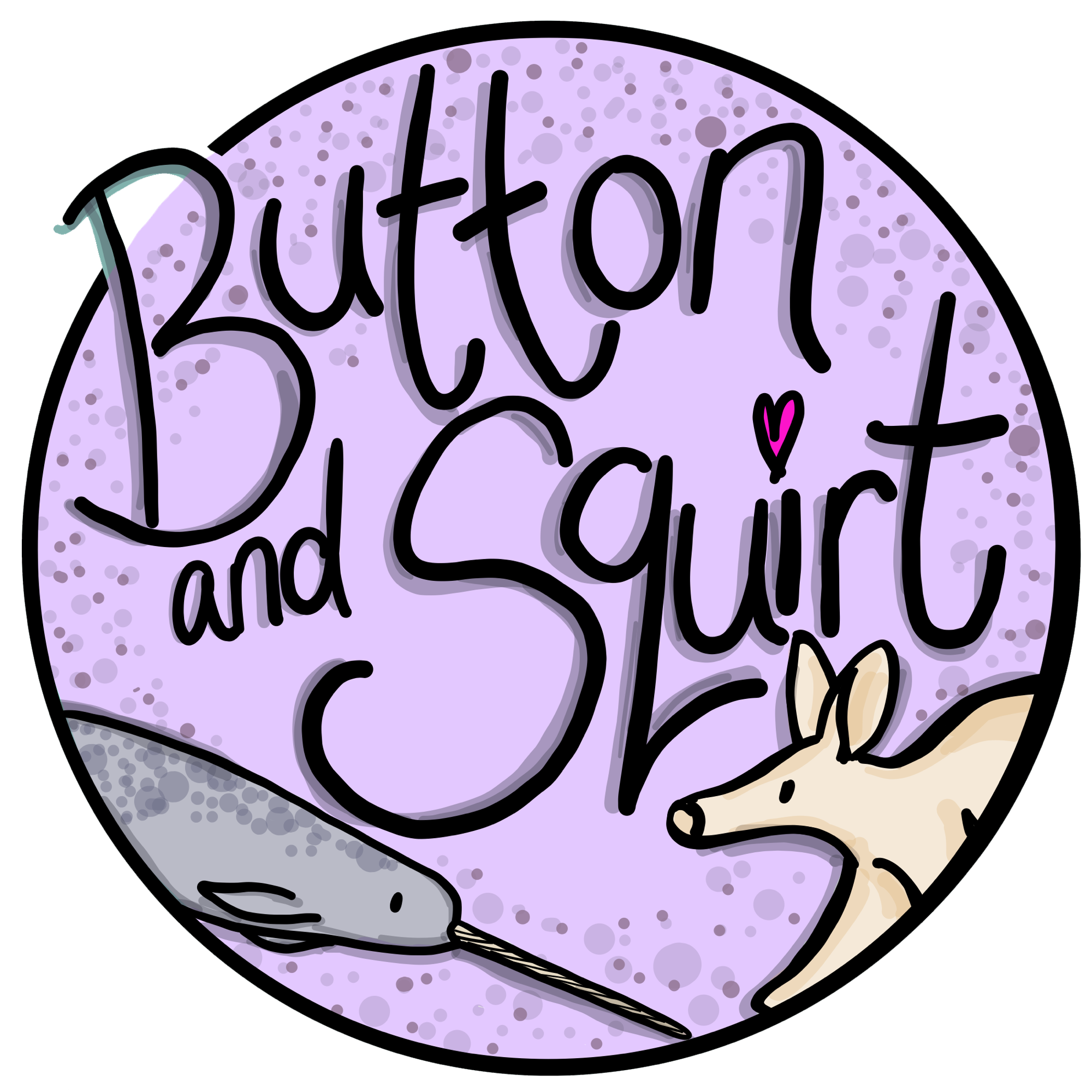Working with Wildlife - An interview with Greg Dickens
Posted on
Welcome to my series of interviews with some wonderful people who work within the natural world, from zoo keepers, to museum curators and everything in between and those that are on the path to working in these positions too. Be inspired for a future where you can combine your love of nature with your day job. I hope you enjoy these interviews, that you can learn something from them and they can inspire you.

Now let me introduce you to Greg.....
Name
Greg Dickens
Age
39
Location
Calabar, Nigeria
What do you do?
I was head vet for two wild-primate rehab. charities, one of which focused on chimpanzees and gorillas, and the other of which focused on smaller monkeys and prosimians.
How did you get into it?
Veterinary degree, with elective modules in primate behaviour and conservation planning. Zoology degree, with elective modules in mammalian evolution and animal behaviour. And EMS (ie. work experience) at a bunch of different zoos for networking. And a lot of calling places to see if they wanted me.
What made you want to do what you do?
I really like monkeys and I believe that conservation efforts are not only worthwhile but necessary.
What does it involve?
My day to day activities involved emergency medicine (ie. repairing wounds from hunting, mistreatment as pets, or attacks due to the unstable nature of the group housing), preventative medicine (ie. worming, nutrition, health screening, etc.), and release planning (ie. working with CITES and the IUCN to ensure release guidelines were followed, as well as working to improve mental and physical welfare during the transition).
Did you need any qualifications?
Veterinary degree. That’s it. Everything else is just window dressing. Obviously, do what you need to to prove you’re interested, but that doesn’t need to be anything specific.
Any tips for a young person that wants to do what you do?
Get on linkedin early. Get invites to zoos. Get behind the scenes. Meet the vets. Get them to introduce you to other vets. Go from there.
What is the best part of what you do?
Living in the jungle for half the year and watching monkeys.
What is the worst part of what you do?
CITES paperwork.
What is your favourite animal?
Coconut crab – They’re AMAZING. I got to handle one recently and it was life-changing. Also got a real soft spot for rats.
What was the first animal that you fell in love with?
Rats. Pet rats are truly the epitome of a perfect companion animal – Friendly, intelligent, GSOH, not bad for the environment, and low-zoonotic potential (despite what you read).
What is your favourite place in nature?
Amani Hill, in the East Usambara Mountains in northern Tanzania. There’s a mud road that runs from the top of the hill (1km above sea level) down to the plains that stretch out to Tanga beach. Crossing this road are jungle rivers. If you crawl up those jungle rivers, ignore how wet and muddy you’re getting, and then stay still and quiet for ten minutes, all sorts of wildlife comes out. Lizards, bright blue tree frogs, tropical birds in all colours, and even purple mountain crabs that live in the trees and never come all the way down to the ground. If you do it at night, there are glow in the dark fungi and chameleons. It’s magic.
What do you like to do in your spare time?
Take photos of bugs. Have a gander at the insta if you’re into tiny wildlife: @drgregdickens
If you were not doing what you do now what else would you love to do?
I made that choice not long ago and I now work in sustainability (especially for medial and veterinary clients), the idea was to save more lives of wild animals by making humanity a little less damaging.
Who inspires you?
Mae Jemison. I even named my daughter after her.
What are your hopes for the future?
That humans figure out fusion and contraception before there’s nothing left to save.
Is there anything else you would like to tell us about?
The Japanese squirting cucumber has a very very tough skin. Once its seeds are ripe, the plant pumps water into the flesh of the fruit, straining against that very tough skin and increasing the internal pressure. Eventually, the stem attaching the fruit to the plant can’t hold on any more and breaks, the fruit’s internal pressure then propels it away like a rocket, spraying seeds off in all directions at about 50km/h. Phenomenal.
Oh, I also run a tiny charity called BugSpaces, which is about encouraging people to leave some of their garden/balcony/roof untidy for insects. We’re on facebook. And we JUST BOUGHT OUR FIRST NATURE RESERVE! It’s only 2 hectares, but it’s a start.
Where can people find you?
@drGregDickens for the bugs (and some monkeys).


Add a comment: